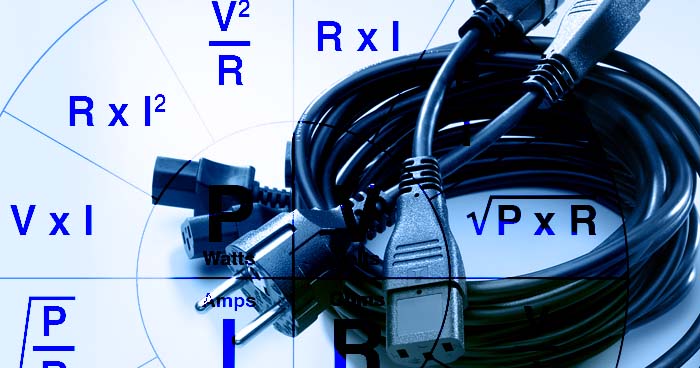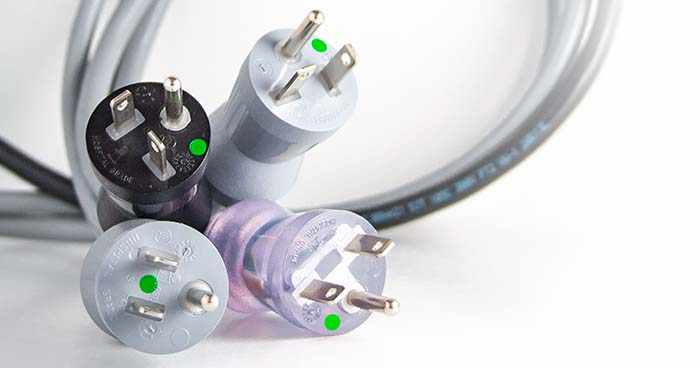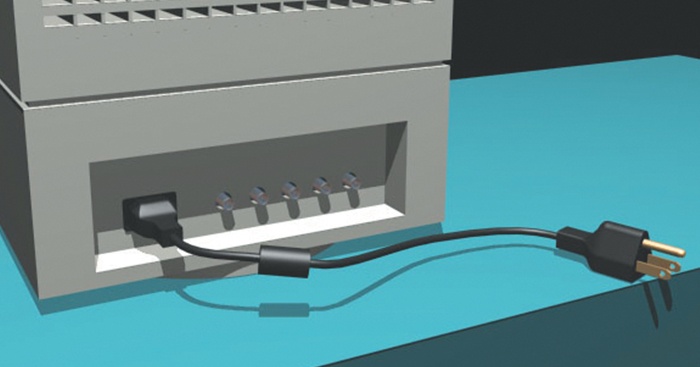Recent Posts
Calculating Voltage Drop
Posted on 11/15/21 4:12 PM
Calculating Voltage Drop is Critical in the Application of your Electrical design. Using longer cord lengths in your electrical design may become problematic enough to pose potential dangers. When cable length is 50 feet or longer, voltage drop in cable occurs—the resistance in the copper measured per foot—causing heat buildup.
Topics: electrical safety, voltage drop, product design, designing for export, power cord
Amplifying Hospital-grade Power with NEMA 5-15, 5-20, 6-15, & 6-20 Cords
Posted on 9/20/21 2:36 PM
Whether it’s delivering higher amperages and voltages to portable CT scanners and X-ray machines, or providing power to heart monitors, ECMO machines, or hospital-grade treadmills, Interpower NEMA 5-15, 5-20, 6-15, and 6-20 hospital-grade molded cord sets supply the correct power for a wide range of medical equipment.
Topics: Hospital-Grade Products, hospital-grade cords, medical requirements
Updating the Oceanic Shipping Container Rates—Part II
Posted on 8/24/21 9:40 AM
In an InfoPower article posted on March 15, 2021, “Importers of Chinese Electrical Cord Sets and Components May Continue Experiencing Gridlock,” Interpower noted the rising costs of shipping containers, specifically that the rate of a container shipping from Asia to Europe in November of 2020 was $2,200. In February of 2021, three months later, that same container cost $7,900.
Topics: designing for export, shipping, manufacturing
Interpower Content Provides Customer Solutions
Posted on 7/27/21 8:35 AM
Historically, electrical manufacturers have increased market share by producing exceptional products with exceptional service. Today, unprecedented Web access via mobile apps allow electronic consumers to look under the hood of your content management system and kick the “content” of your Website before determining whether to order, all the while doing so under time and budget constraints. While glamorous graphics and turbocharged taglines sell products, today’s savvy customers can conduct research in a few clicks of a mouse or touches on a screen to see what they’re really getting.
Topics: adding marketability, content, product information
Incorporating Ferrites in Electrical Designs
Posted on 6/21/21 1:59 PM
Electrical equipment emitting signals and their various frequencies can create enough Electromagnetic Interference (EMI) to interfere with or even damage nearby equipment.
Topics: electrical safety, product design, ferrites









